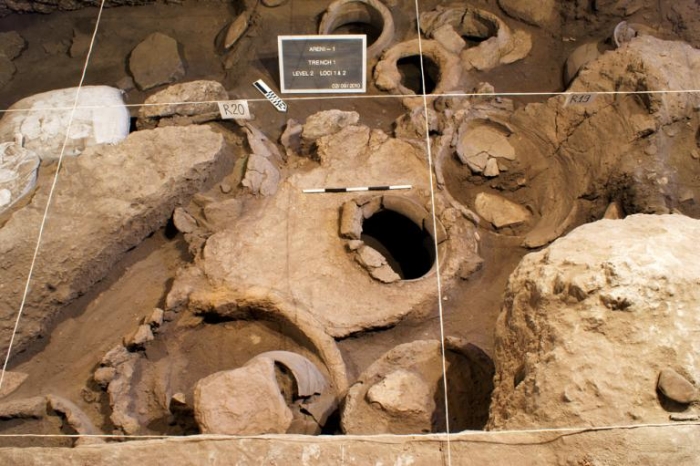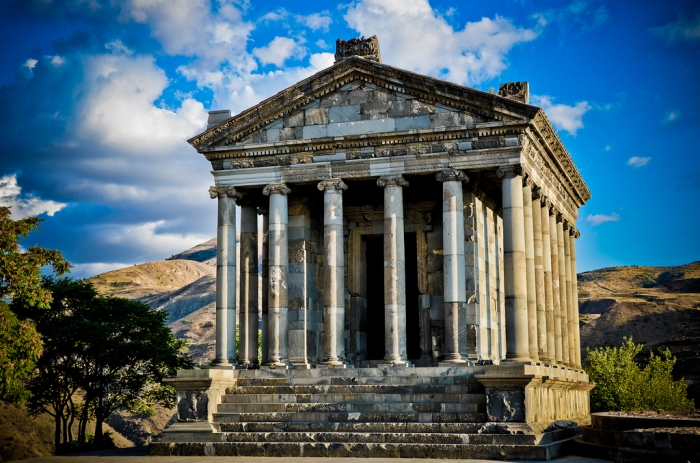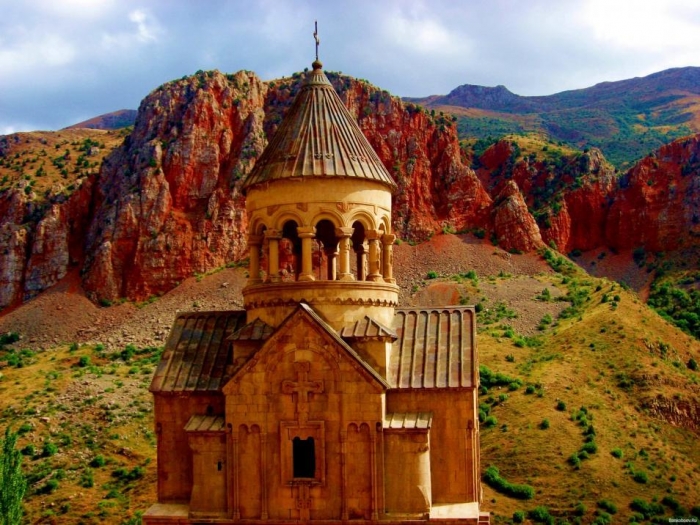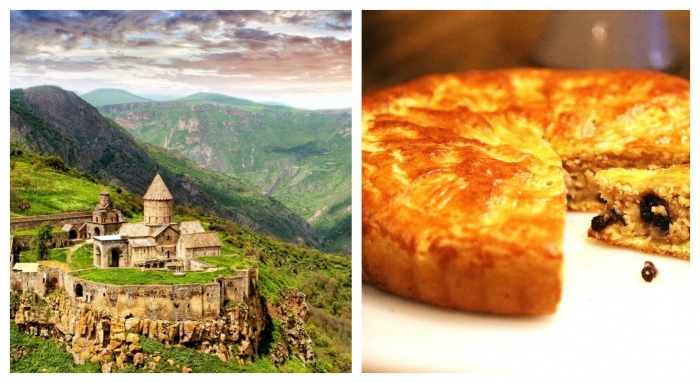Head Off The Typical Tourist Trail To Explore These Surprising Destination
The Situation on the Ground: Since the collapse of the Soviet Union, the tiny Caucasus country of Armenia has often been associated with conflict. The country’s Nagorno-Karabakh war with Azerbaijan over a 1,700-square-mile patch of land each claim as their own ended with a cease-fire in 1994, with Armenia technically in military control of the ethnically Armenian territory, which currently exists as a self-proclaimed, largely unrecognized republic. Despite occasional skirmishes along the Karabakh border, however, Armenia today is safe, with a burgeoning tourist infrastructure, largely centered around family-run B&Bs and agrotourism-style homestays, designed to attract adventurous backpackers to the country’s staggering and often unheralded natural and architectural beauty.
Why Go Now: Few people know that Armenia was the first country in the world to adopt Christianity as a state religion, in A.D. 301. And Armenia’s ancient churches—massive, sprawling complexes of ruins nestled into the wildly green canyons and mountaintops of the countryside—are among the world’s best preserved. While other Christian churches are decorated with painted frescoes, many of which have faded or been destroyed, the carved stone lions of cliffside Geghard Monasteryand intricately carved khachkars (stone graves) of Sanahin stand as a testament to the creative power of one of the world’s oldest, and least heralded, civilizations. And Armenia’s churches aren’t the only attraction of its countryside. The wildflower-dappled hills and valleys here—far more accessible than the vertiginous mountain paths of Georgia—are full of pagan temples like Garni, just outside Yerevan, and cobblestoned “spa towns” like Dilijan, nicknamed “Armenia’s Switzerland.”
Don’t Miss: Most tourists concentrate their activities around Yerevan, the country’s muted, largely Soviet-era, capital. But a half-day’s drive from Yerevan ($50 with a reliable taxi driver), is the town of Goris, set among caves and cliffs in Armenia’s verdant south and among the country’s most spectacular. Winding hikes through the historic village take you through the cave villages of Old Khndzoresk, while a short bus ride takes you to the ninth-century mountaintop stone monastery of Tatev, once a capital of Armenian culture and learning, accessible by one of the world’s longest cable cars. In the heart of Goris, an eccentric mountaineer runs Khachik’s B&B (from $20 per night, including meals), a homestay with nightly home-cooked meals, garnished with fresh herbs, boasting terrace views over Old Goris.
Practical Tip: While violence at the Nagorno-Karabakh border is uncommon, the occasional flare-up can turn fatal, so it’s vital to be aware of the situation on the ground before traveling south, particularly to Goris or Tatev, which are near the border. If you’re planning to visit Azerbaijan after Armenia, be aware that border control may take a dim view of your prior travels and may even encourage you to get rid of offending photographs (or guidebooks). If Azeri officials suspect you of having visited Nagorno-Karabakh, furthermore, you may be denied access to the country entirely.
Source:www.nationalgeographic.com








